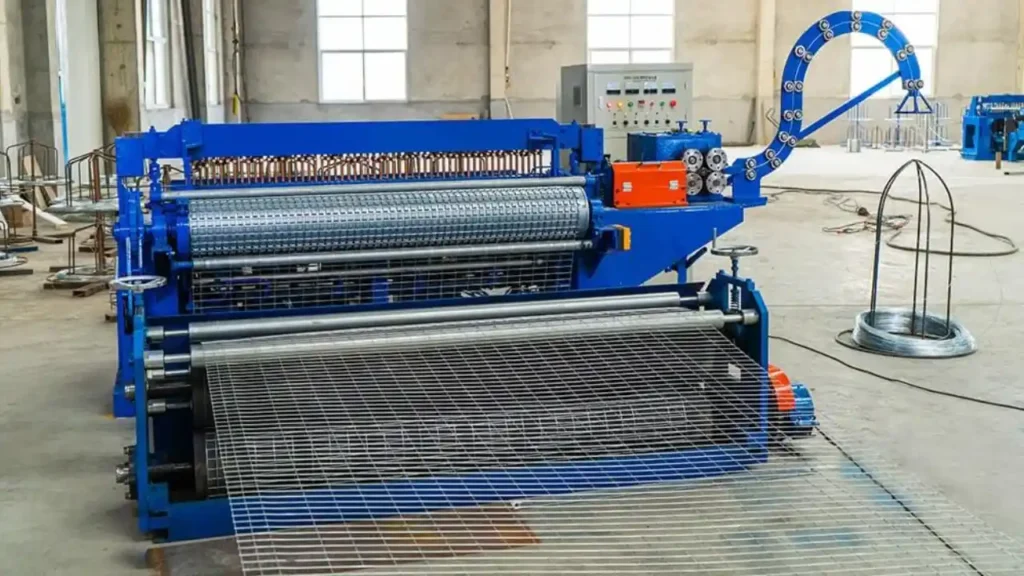Al Miqat Hardware is here to make you understand the manufacturing process of Welded and Woven Wire Mesh, Perforated Metal and Expanded Metal.
Welded Wire Mesh
Welded Wire Mesh is a metal wire screen that is made from various alloys including steel, stainless steel, brass and copper. Welded wire meshes are manufactured by welding the wires together at all intersections for strength, flexibility, and a consistent opening size. Stainless steel welded mesh is considered when rust and corrosion resistance is of importance. This material is brighter and cleaner and can be used in numerous applications. Our welded wire mesh is available in Electro-Galvanized, Hot Dipped Galvanized, Stainless Steel and Epoxy Coated Steel materials. Opening sizes range from a 1/4? to 6?, and a variety of gauges or wire diameters are available in each type of material.
Woven Wire Mesh
Woven Wire Mesh is available in stainless steel and is made as a cloth with wire threads woven at right angles. Wires which run lengthwise are known as warp wires, whilst those running perpendicular are weft wires. A variety of weaving styles are available. Plain Weave has every wire going over and under every other wire. Twill weave has wires crossing two over and two under. Dutch Weave uses a minimum number of warp wire and maximum number of weft wires. This produces a more stable and strong finished product. Woven Wire Mesh is available in a variety of opening and wire diameters.
Perforated Metal
Perforated Metal Sheet is a product that is made from sheet steel which is fed through a machine that punches out round holes or other designs depending on the customer’s requirements. The holes can be placed in straight rows or staggered to help increase the amount of the openings. The edges of the sheets are not punched to add stability. The removed metal from the holes are later recycled.
Expanded Metal
Expanded Metal is manufactured by first creating multiple slits in the sheet, and then stretching the sheet of metal. When the metal is stretched it creates a unique diamond pattern opening with one of the strands protruding at a slight angle. The strands that are raised can be flattened later in the process if desired. Production costs for this product is usually less owing to minimum wastage of metal during production.


